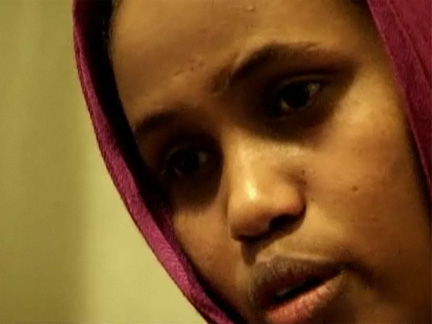shortlisted webdocumentary
Adoma, vers la maison?
Article published on the 2009-08-18 Latest update 2009-08-26 13:50 TU
The building that is the focus of Adoma, vers la maison? (Adoma, towards the house?) began as a institution run by a private company.
"It started in the 1960s and housed all the immigrant workers that came to work in France at that time," says Thierry Caron, who designed the webdocumentary.
"Since then the population has changed and it's become a place that houses those same workers that are now retired, and there are some that are still working," he says.
Caron explains that the population today has broadened to include families that are waiting for accomodation, the unemployed and asylum seekers.
Although these are real places with real people, he says he tried to make a general portrait rather than tie it down to one building in particular. "I visited three of these and I decided not to identify them geographically," says Caron, "it's a general portrait".
Caron has worked as a photographer for 15 years. The project took about a year and a half to shoot and record with another six months of editing and web design. "For three or four months I did nothing at all, I just went there to try and meet people," he says, "for doors to open and to get talk to people".
"After a while I took some photos and then I suggested audio interviews to some of the people I really got on with".
He initially worked with a colleague, with each of them alternating between conducting interviews and recording the material. Caron then produced the webdocumentary himself, right up to the finished result that is on the internet today.
This meant he built the final site, right down to the more technical elements such as the Flash. He describes the project as "homemade" in this sense.
Moving into working with audio and video, as a photographer, was never a problem for Caron. "Having a recorder or a camera becomes a freedom," he says, "you can recount more things than you'd say with images".
"You're forced to spend more time and to get closer to people," he says, explaining that the non-linear structure of the documentary came about from the place itself and the people he met.
After finishing a project this size is he planning on a return to working only with camera?
"No, not all," he says, telling me that he thinks the mixed-media documentary "is a form which can be the future of photojournalism".






